Sciatic Brace for Leg - For Compression & Stability
By providing targeted compression and stability, these braces offer relief to the leg, addressing pain, numbness, and tingling commonly associated with sciatica.
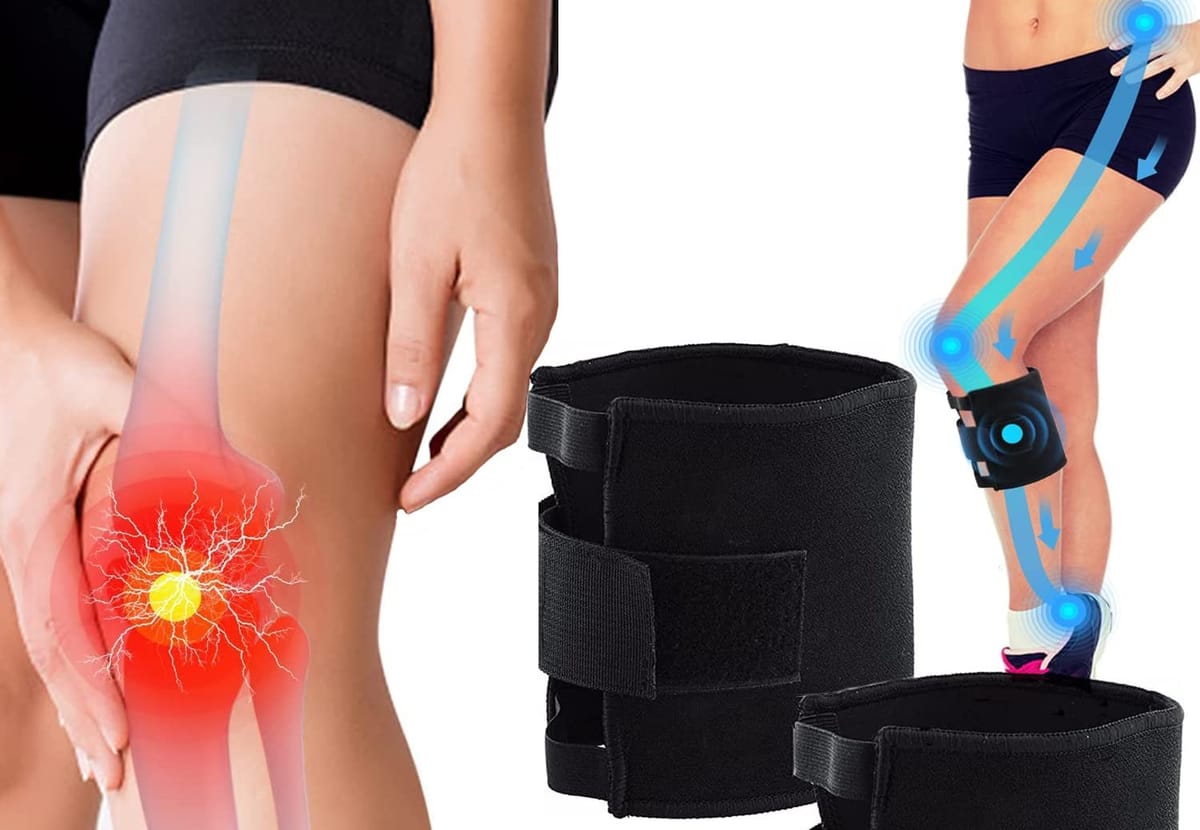
Sciatica can be a real pain in the back, leg, and even the foot. If you're one of the many people who suffer from this condition, you know how important it is to find relief. A sciatic brace for the leg might just be the solution you've been searching for.
In this comprehensive guide, we'll explore everything you need to know about sciatic braces, from how they work to where you can find one that suits your needs.
In this article, we will:
- Understand what a sciatic brace for the leg is and how it can alleviate sciatic nerve pain.
- Learn about the different sciatic braces available and how to choose the right one.
- Discover practical tips for using a sciatic brace effectively for maximum relief.
What is Sciatica and How Can a Brace Help?
Sciatica is a condition characterized by pain that radiates along the path of the sciatic nerve, which extends from the lower back down to the legs. Sciatica pain can be caused by a multiple reason mainly due to a herniated disc, spinal stenosis, or other nerve-related issues.
A sciatic brace for the leg is designed to provide support and compression, which can help reduce inflammation and encourage proper posture, potentially easing the discomfort associated with sciatica.
Benefits of Wearing a Sciatic Brace
Wearing a sciatic brace for the leg can offer numerous benefits. It can help stabilize the affected area, reduce muscle tension, and improve posture. The reduced pressure on the sciatic nerve can help relieve sciatica pain.
This, in turn, can lead to a decrease in sciatic nerve pain and an increase in mobility. Additionally, a brace can serve as a reminder to maintain proper body mechanics, which is crucial for long-term relief.
Types of Sciatic Braces for Leg
There are different types of sciatic braces each with its own set of features and benefits. Some are designed to be worn around the waist, offering lower back support, while others wrap around the thigh or calf to target leg pain directly.
It's important to choose a brace that addresses your specific pain points and fits comfortably for daily wear.
Compression Leg Sleeves
These sleeves specifically target the thigh area, providing compression and support to the muscles in that region. The compression helps reduce muscle tension and discomfort in the thigh, which can help relieve sciatic pain. The sleeve also features a removable pad that can be placed in the area of pain for targeted relief.
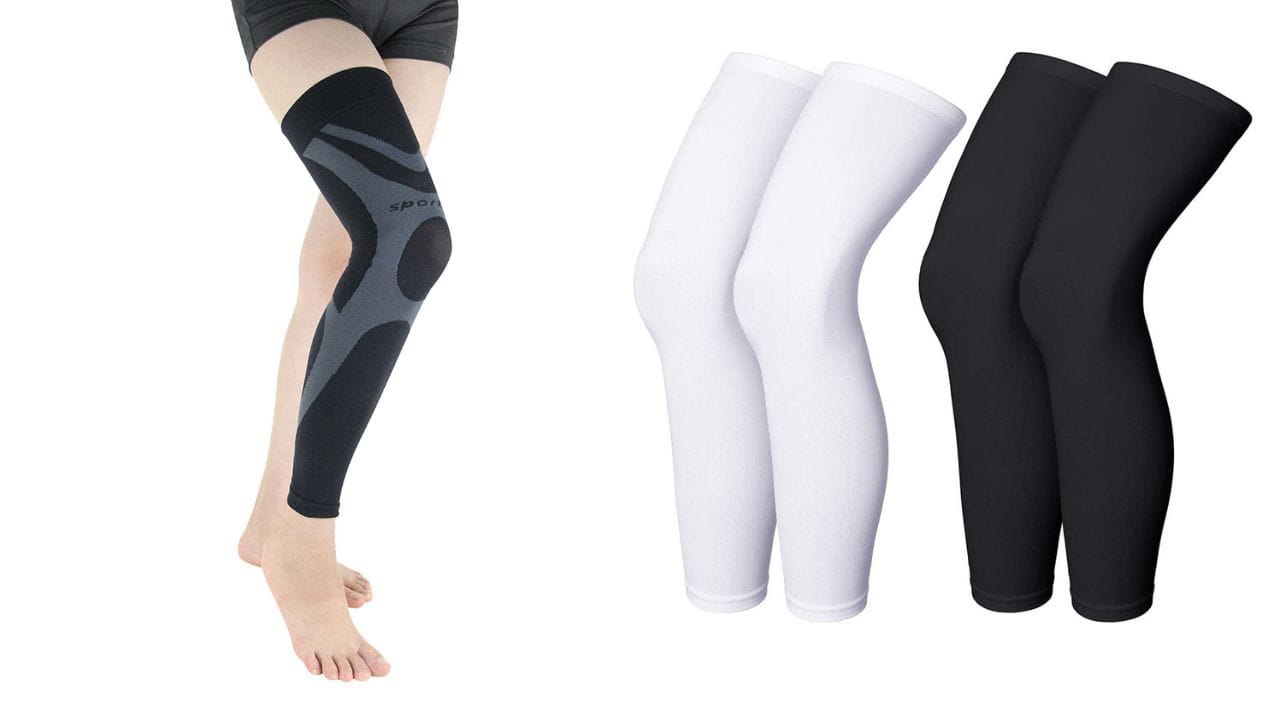
Thigh compression sleeves can be beneficial for individuals experiencing sciatic pain that radiates to the upper leg. These sleeves are designed to support the muscles and joints in the thigh, helping to relieve pain.
Thigh Compression Sleeves
These sleeves specifically target the thigh area, providing compression and support to the muscles in that region.
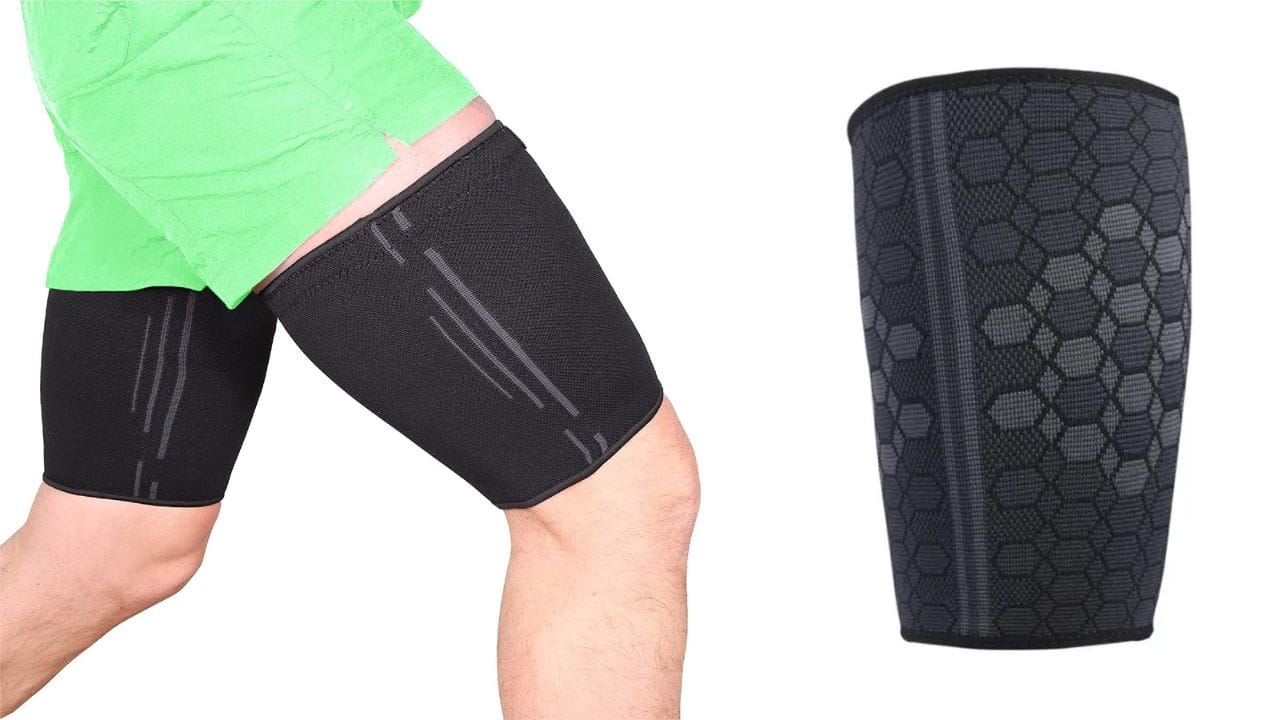
Thigh compression sleeves can be beneficial for individuals experiencing sciatic pain that radiates to the upper leg. These sleeves are designed to support the muscles and joints in the thigh, helping to relieve pain.
Calf Compression Sleeves
Focused on the calf muscles, these sleeves offer compression to the lower part of the leg. They are designed to reduce muscle fatigue and promote better circulation.
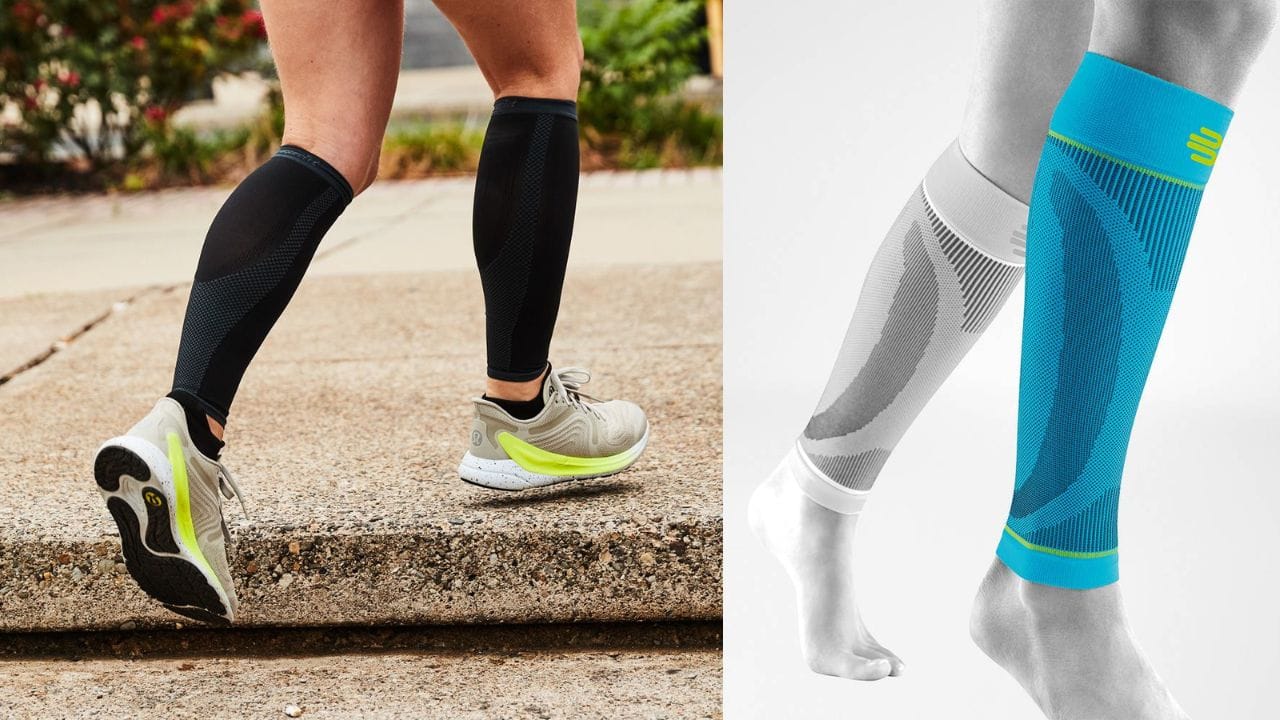
Calf compression sleeves may be useful for individuals with sciatica-related discomfort in the lower leg. These sleeves are designed to reduce muscle fatigue and promote better circulation.
Full Leg Compression Sleeves
These sleeves cover the entire leg, providing compression and support from the thigh down to the ankle. They can be beneficial for individuals with sciatica, as they can help relieve pain in the thigh and calf.
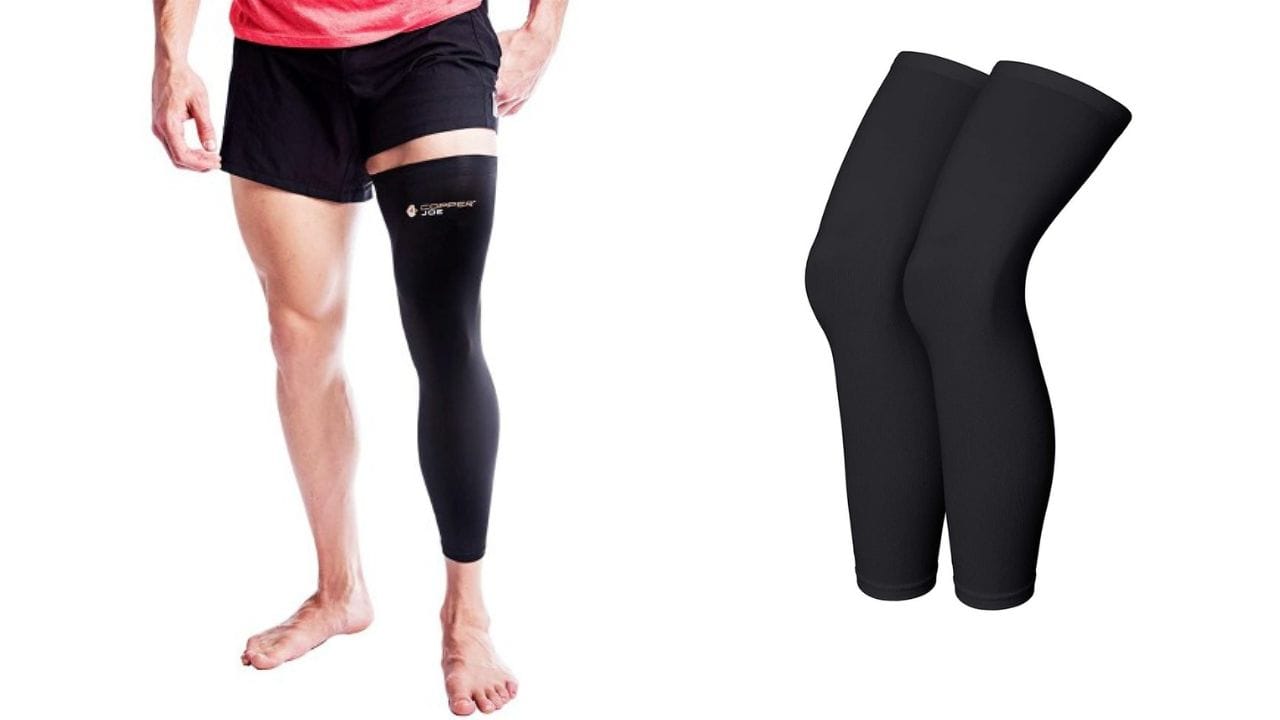
Full-leg compression sleeves offer comprehensive support and may suit individuals with sciatica affecting the entire leg.
Knee Braces with Compression
Knee braces with added compression can help stabilize the knee joint and alleviate pain associated with sciatica in the knee area.
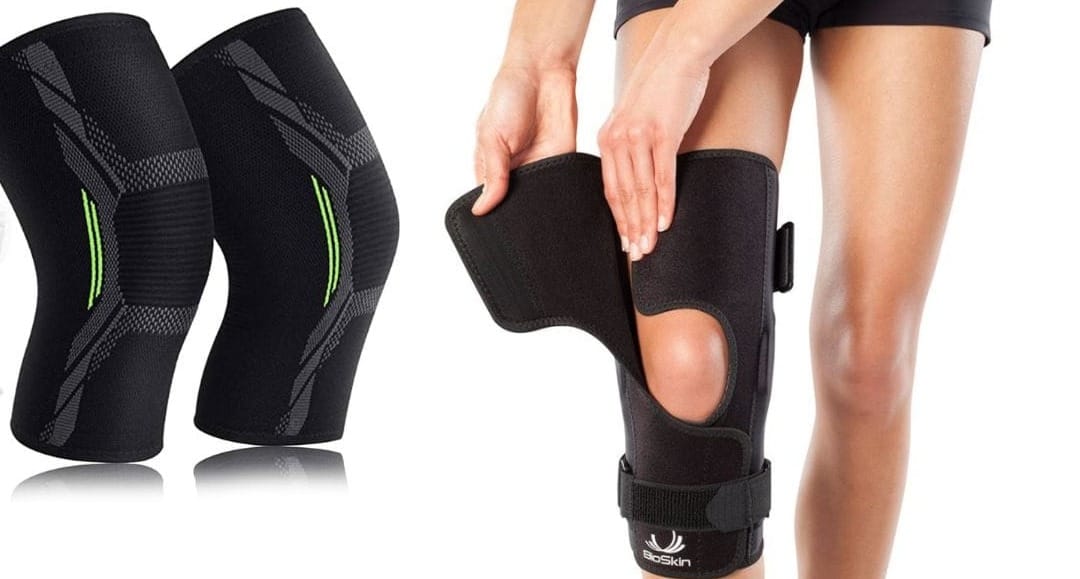
Combining knee support with compression, these braces address knee issues and sciatic nerve pain. Compression on the knee joint can provide pain relief and support to the knee, and the brace can help stabilize the knee during intense pressure or movement.
Wraparound Leg Braces
These braces typically consist of adjustable straps that wrap around the leg, allowing users to customize the level of compression and support.
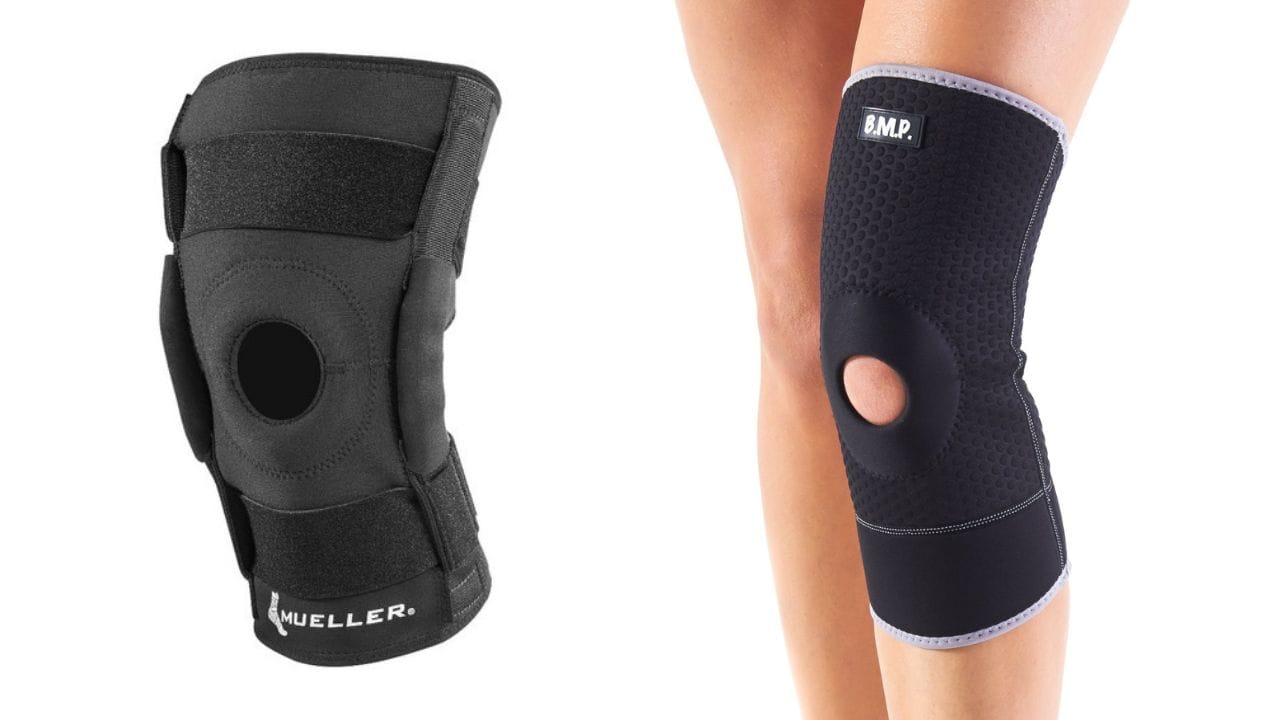
Wraparound leg braces offer a versatile and adjustable solution for individuals with sciatic pain in specific areas of the leg. The braces can be worn over clothing and help relieve pain and discomfort in the knee and the sounded area.
Infrared Therapy Leg Braces
Some leg braces incorporate infrared technology, aiming to provide heat therapy to the leg muscles. Infrared therapy may help improve circulation and alleviate pain.
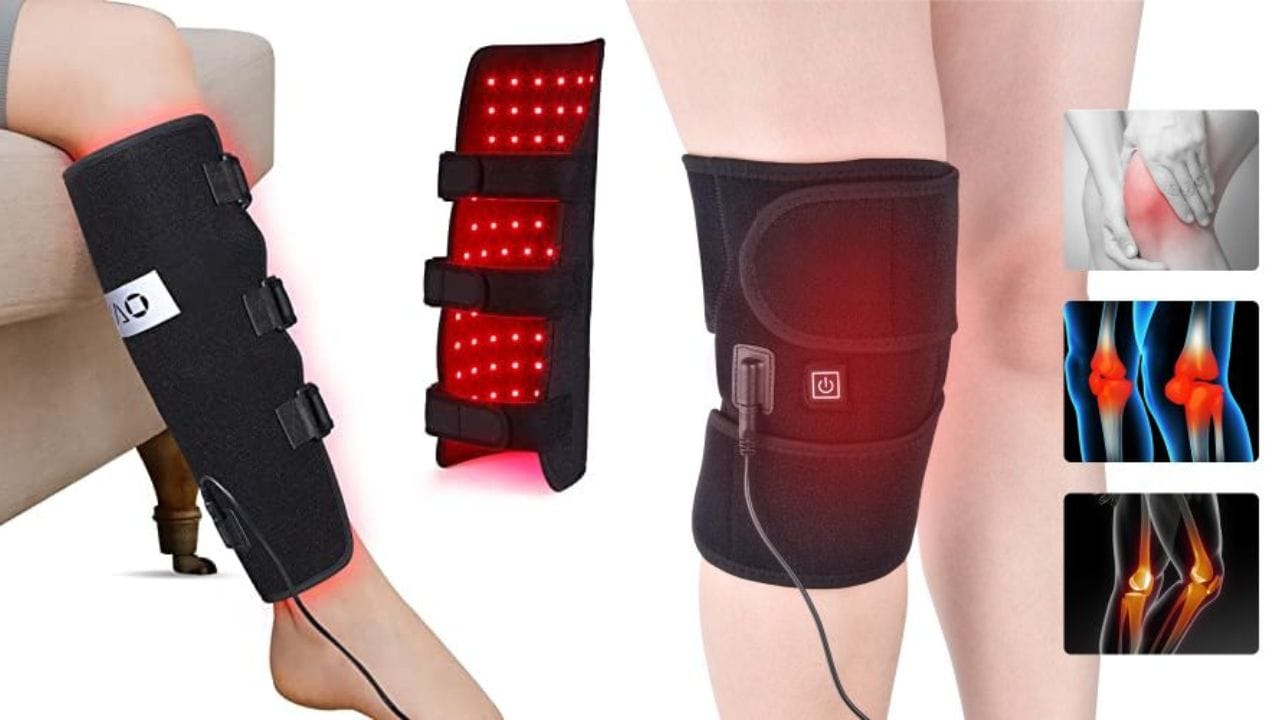
Infrared leg braces may offer a combination of compression and therapeutic heat for individuals with sciatica.
How to Choose the Right Sciatic Brace
When selecting a sciatic brace for your leg, consider factors such as the level of support you need, the material of the brace, and whether it's adjustable for a custom fit. You'll also want to think about your daily activities and choose a brace that won't restrict your movement more than necessary.
Summary
A sciatic brace for leg can be a valuable tool in the battle against sciatic nerve pain. By providing support and stability, it can help alleviate symptoms and improve quality of life. Remember to choose the right type of brace, ensure a proper fit, and incorporate it into a comprehensive treatment plan for the best results.
FAQ Section
Q: How does a sciatic brace for the leg provide relief?
Answer: A sciatic brace for the leg can help provide relief by offering support and stability to the lower back and leg areas. Here's how:
- Stabilizing the Spine: The brace wraps around the lower back and hips, providing support to the spine. This stabilization can help reduce movement and strain on the sciatic nerve, easing discomfort.
- Compression for Inflammation: Sciatic braces often apply gentle compression to the affected area. This compression can help reduce inflammation, a common factor contributing to sciatic nerve pain.
- Improving Posture: Wearing a sciatic brace encourages better posture, which is crucial for alleviating sciatic pain. Proper alignment can relieve pressure on the sciatic nerve and promote a more comfortable sitting or standing position.
- Warmth and Comfort: Some sciatic braces are designed with materials that provide warmth to the lower back and leg muscles. This warmth can help relax muscles, increasing blood flow and promoting healing.
- Limiting Movement: Sciatic braces restrict certain movements that may exacerbate sciatic pain. By limiting excessive bending or twisting, the brace helps prevent further irritation of the sciatic nerve.
It's important to note that while sciatic braces can offer relief, they are not a one-size-fits-all solution. Consultation with a healthcare professional is advisable to determine the most appropriate use of a sciatic brace based on individual needs and conditions.
Additionally, combining brace use with other forms of treatment, such as exercises and physical therapy, can contribute to a comprehensive approach to managing sciatic pain.
Q: Can a sciatic leg brace be worn during physical activities?
Answer: Yes, a sciatic leg brace can often be worn during physical activities to provide support and alleviate discomfort. These braces are designed to offer stability to the lower back and leg, which can be especially helpful during exercises.
However, it's crucial to consult with a healthcare professional before using a brace during physical activities. They can assess your specific condition and advise on the appropriate type of brace and whether it's suitable for your chosen activities.
Remember, proper form and moderation are key when engaging in exercises with a sciatic leg brace to ensure you get the support you need without causing further strain.
Q: Are sciatic leg braces one-size-fits-all, or do they come in different sizes?
Answer: Sciatic leg braces typically come in various sizes to accommodate different body shapes and leg dimensions. It's essential to choose the right size for a proper fit and optimal effectiveness.
Most manufacturers provide sizing guidelines, and it's recommended to measure the leg circumference as instructed to ensure the brace fits snugly without being too tight or restrictive. A well-fitted sciatic leg brace enhances its efficacy in providing targeted support and relief.
